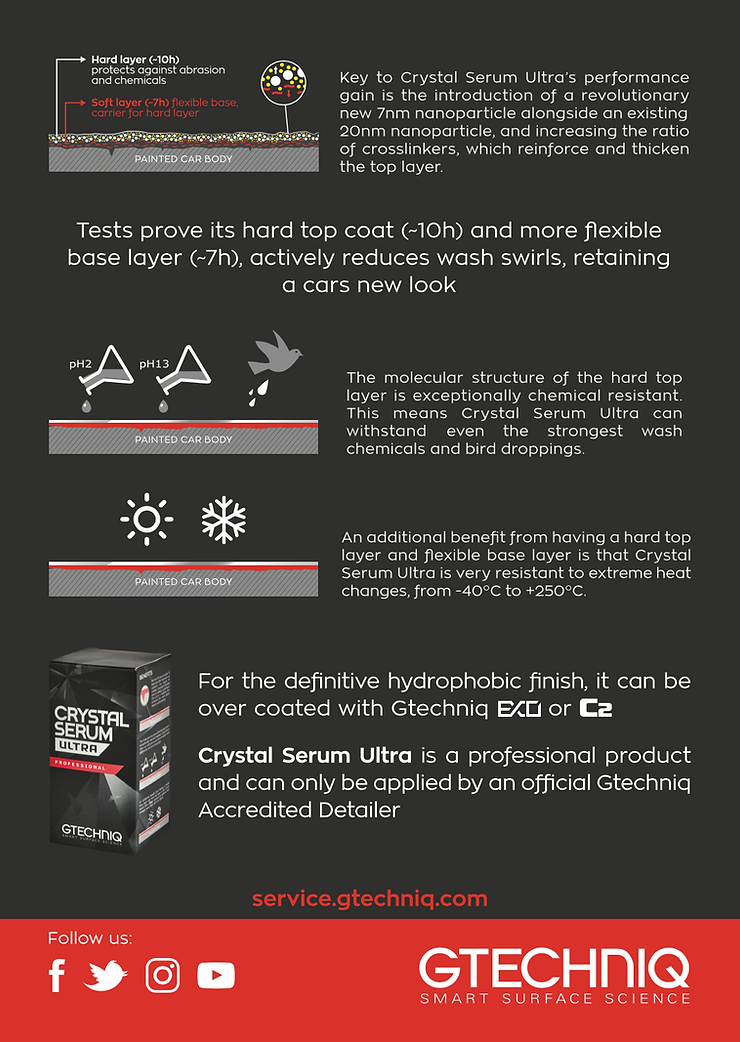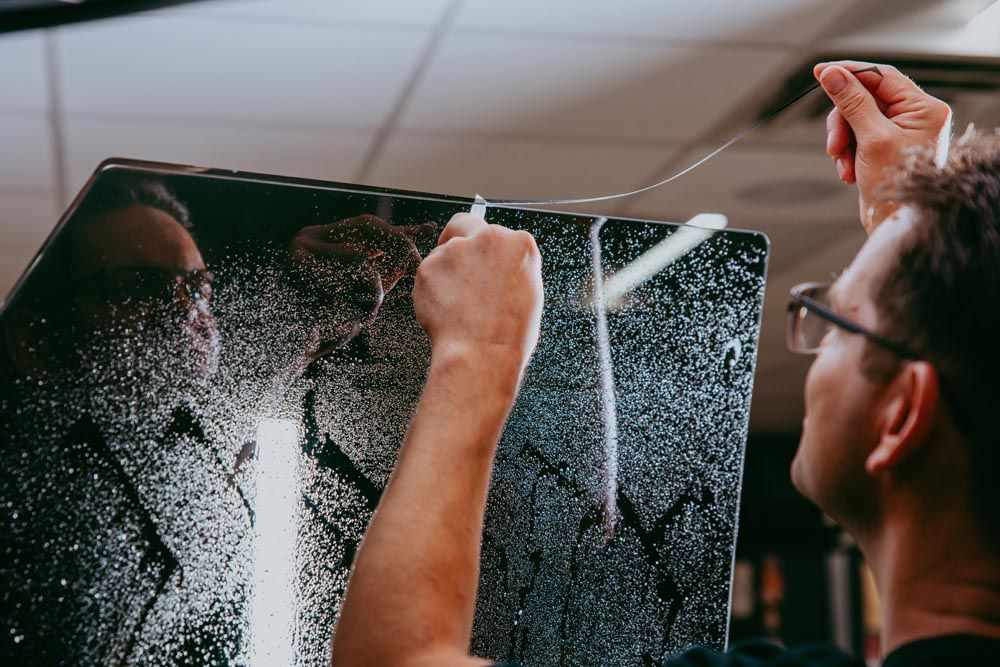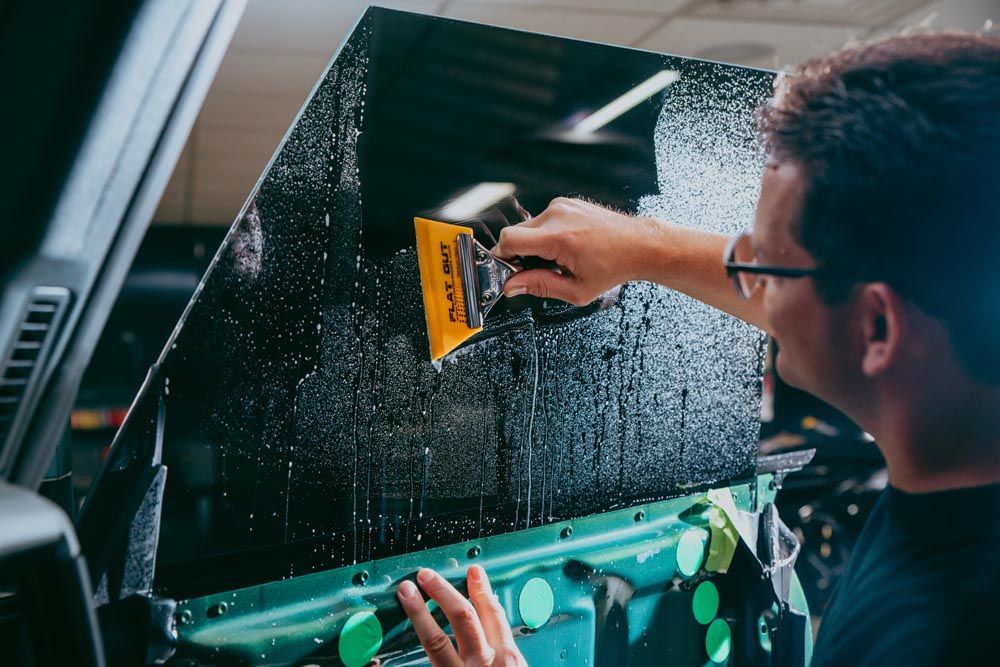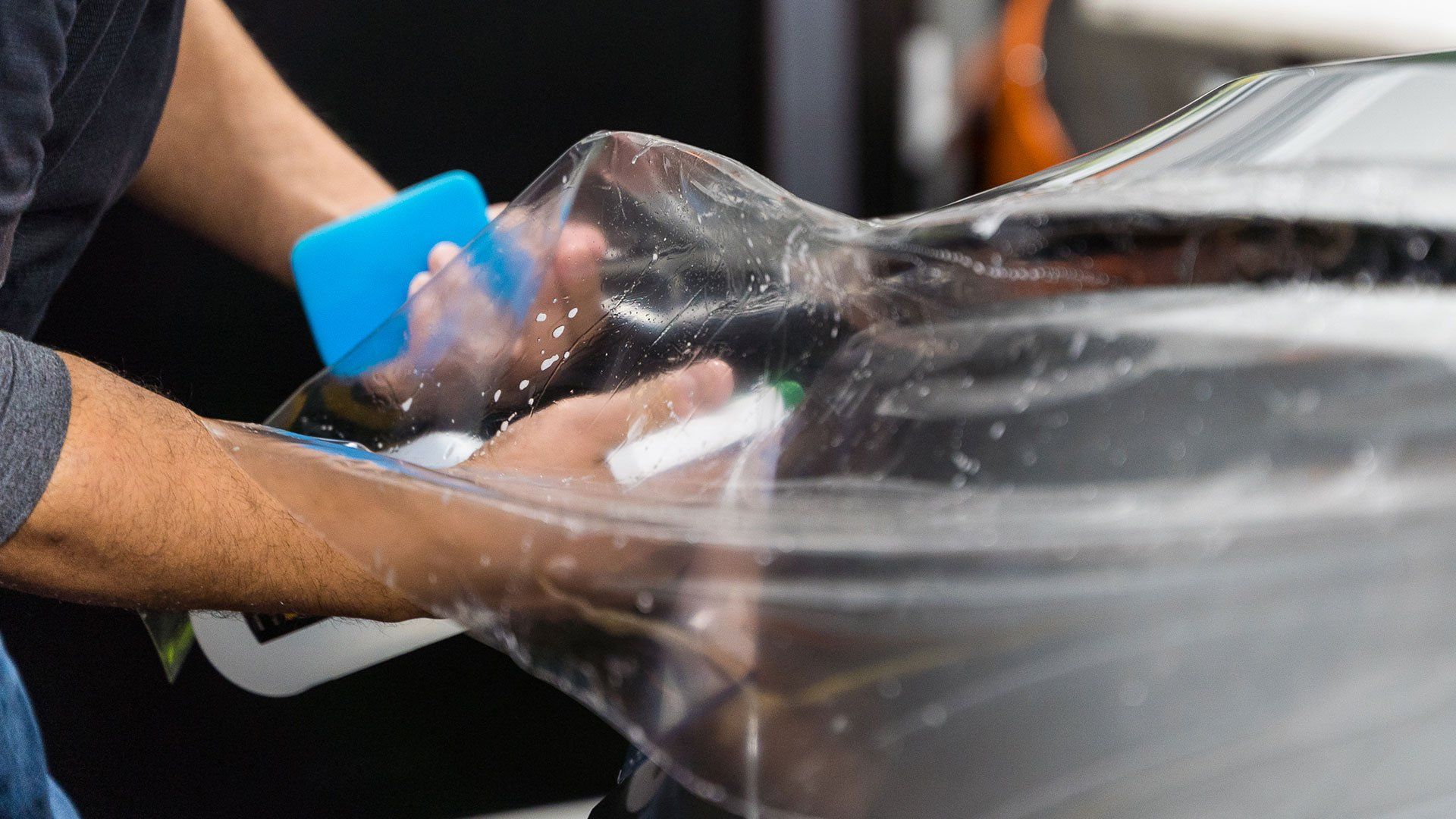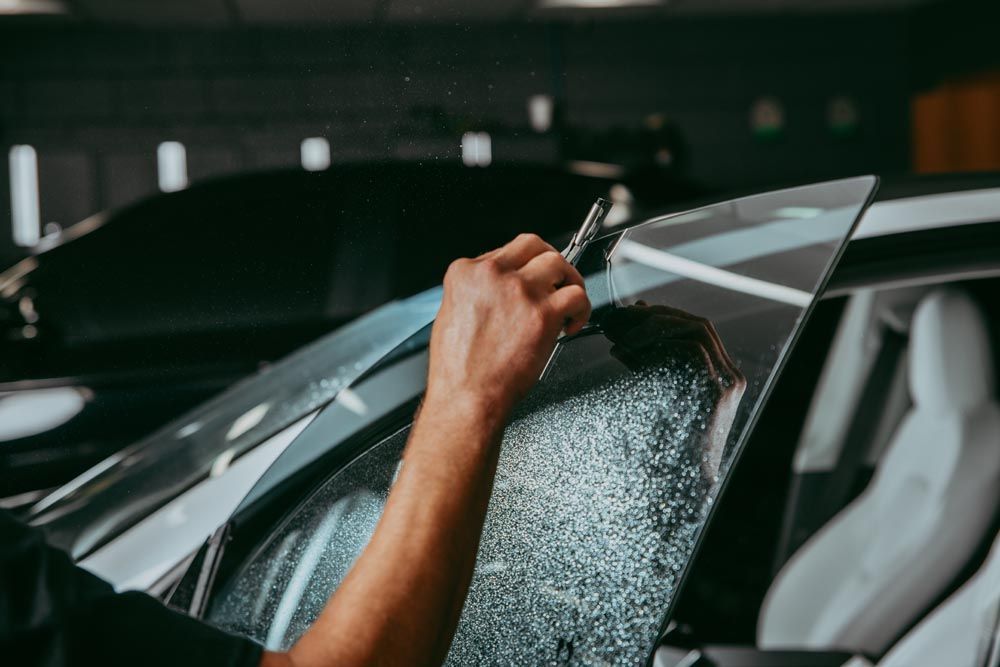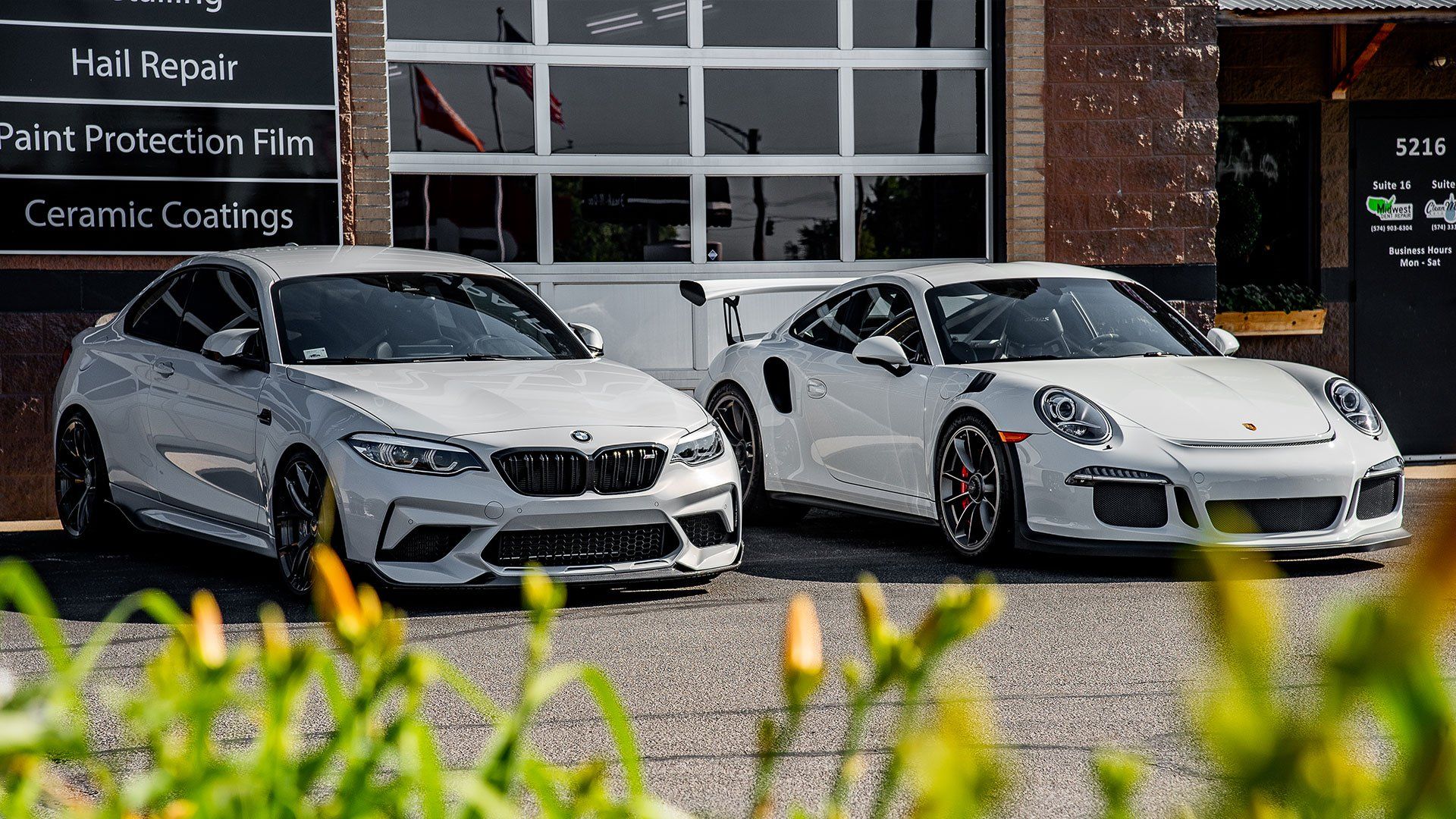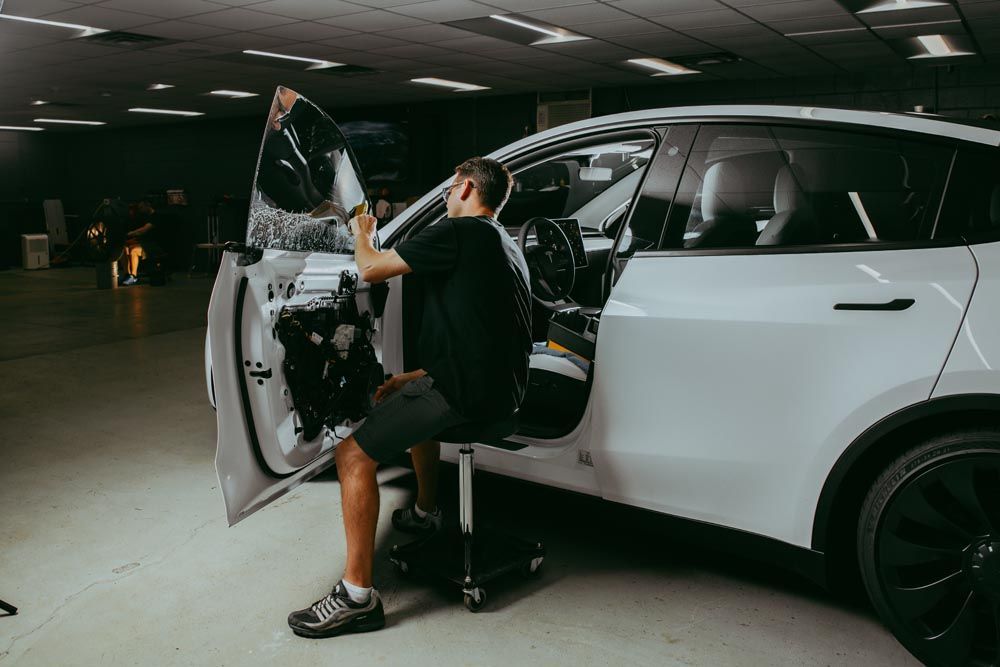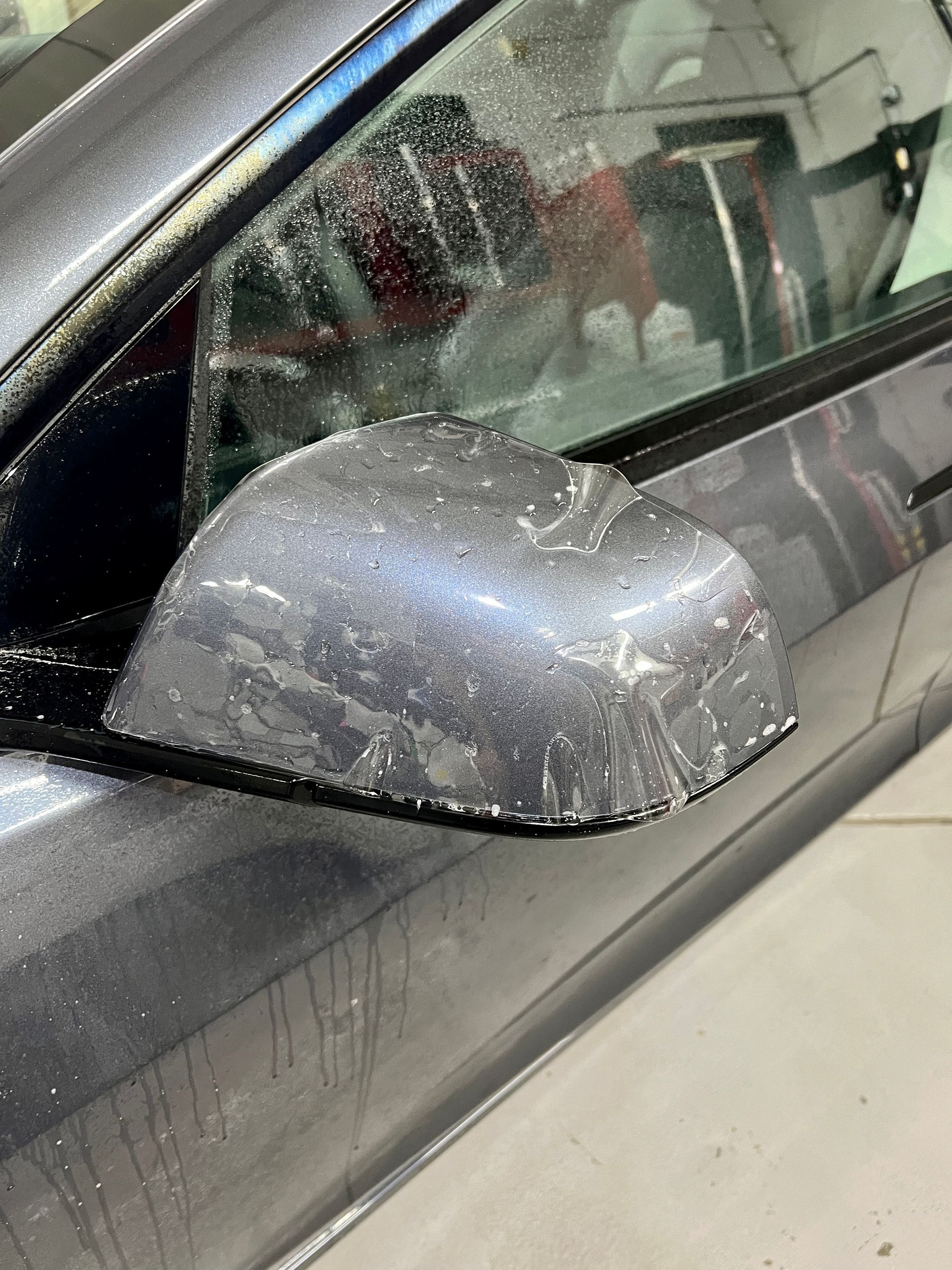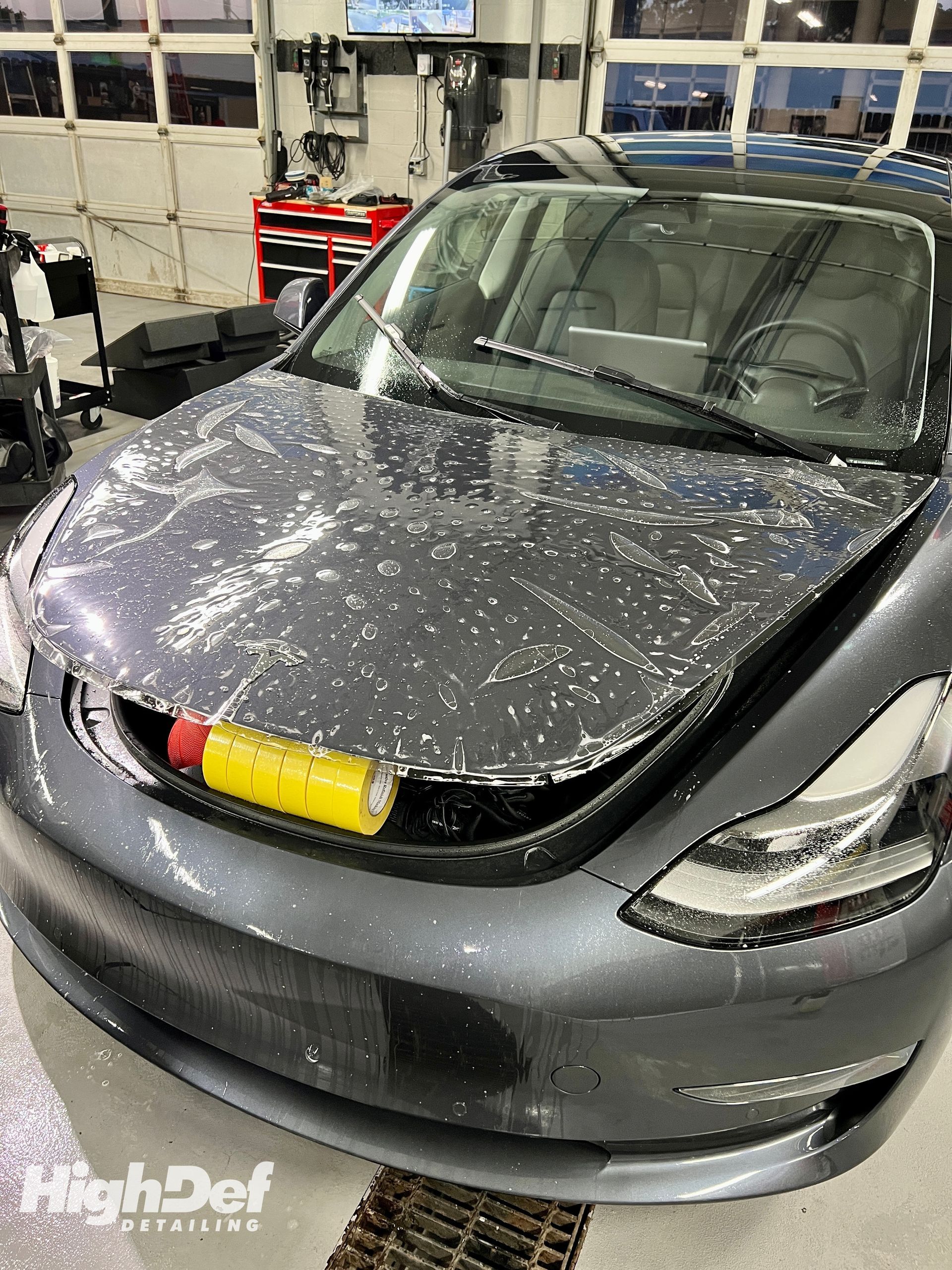Tree sap, bird droppings, bug guts, and tar are all examples of contaminants that can permanently damage your vehicle's paint. So how does this happen exactly and what can you do to prevent it? Let's focus on the tree sap scenario today in this article.
These "booger-looking" things are examples of hardened tree sap that has sat on a vehicle for too long. This comes from parking under a tree possibly at work or at your home.
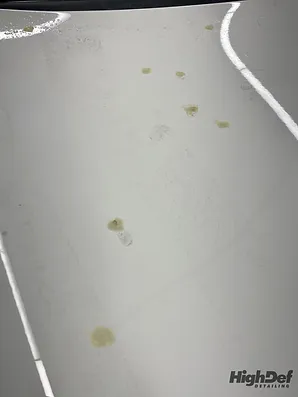
If addressed within a few days, the sap can typically be removed with the proper chemicals, but the longer they sit on the paint, they begin to etch or "eat away" at the clear coat. In the case shown above, we were able to remove the sap from the paint, but it had already begun to etch into the paint and cause permanent damage. As you can see in the picture below, the clear coat is now permanently stained and can only be fixed with a repaint of the panel. Depending on how many panels are affected this repair could easily cost a couple thousand dollars.
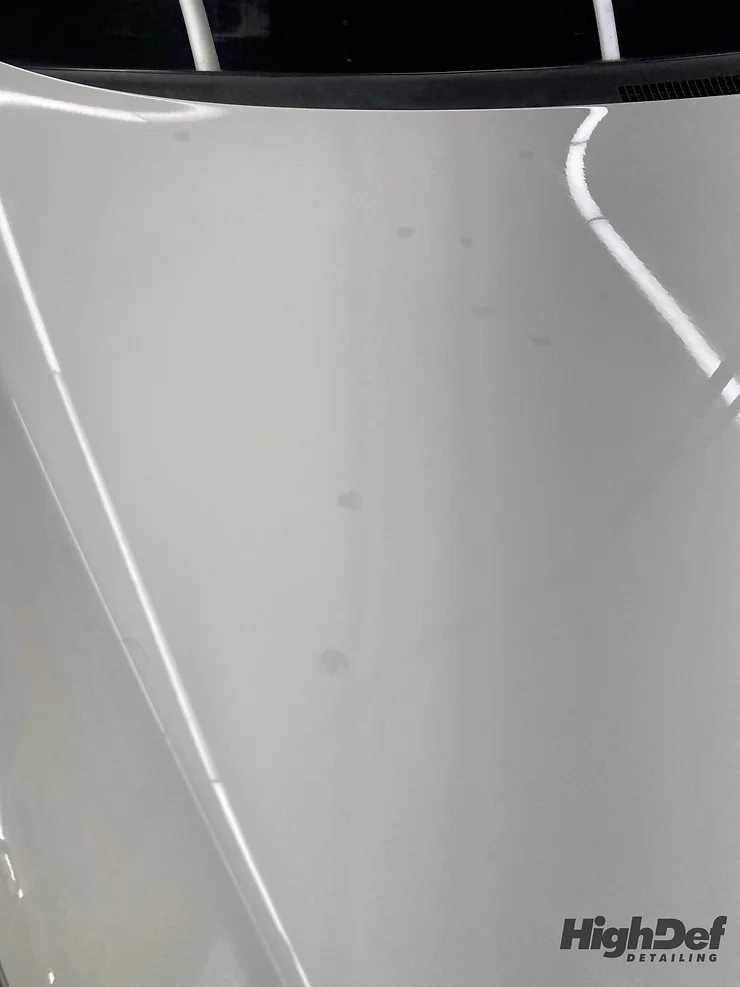
These marks are permanently stained in the clear coat, and not even wet sanding or polishing would do anything to help remove them.
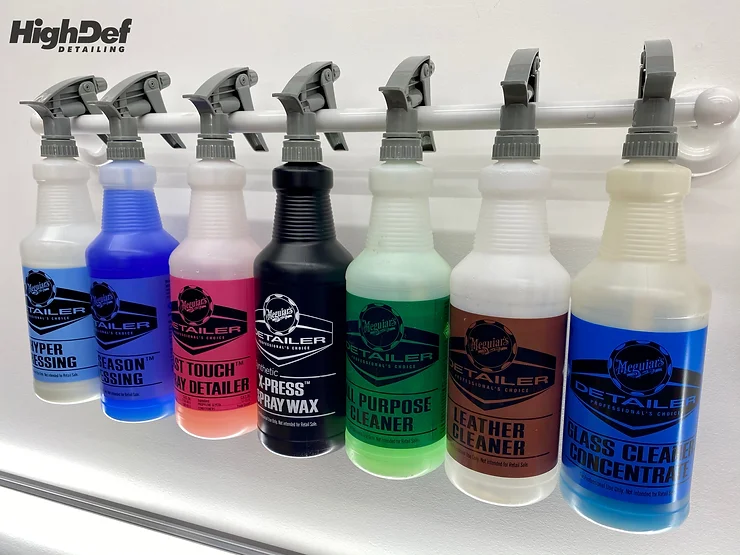
So how can you prevent this type of damage?
You need to have a "sacrificial layer" of protection on your paint to help prevent damage from these types of contaminants. This sacrificial layer could be a wax, sealant, or a ceramic coating. This way, the sacrificial layer will "absorb" the damage and buy you a bit more time to properly take care of cleaning the tree sap, bird droppings, or bug guts off. The issues with waxes and sealants though is that they are not that chemical resistant and can only offer minimal protection against these elements.
One of the areas where ceramic coatings really shine is their resistance to a wide range of chemicals on the ph scale. While coatings are not "bullet-proof" it will give you peace of mind and significantly more time to take care of properly removing things like tree sap. Even if you let the tree sap sit for weeks, it would be affecting the coating and not your paint work! Road tar, bird droppings, bug guts, and tree sap are all easier to remove on a vehicle with a ceramic coating, and you'll have that peace of mind knowing that your vehicle is protected!
At High-Def Detailing we offer several Gtechniq Ceramic Coatings to help protect your paint and ultimately your wallet! Below are some of the benefits of our best coating: Crystal Serum Ultra. You can also read more about ceramic coatings here:
Ceramic Coatings and fill out a quote request form to get an estimate for your vehicle.
